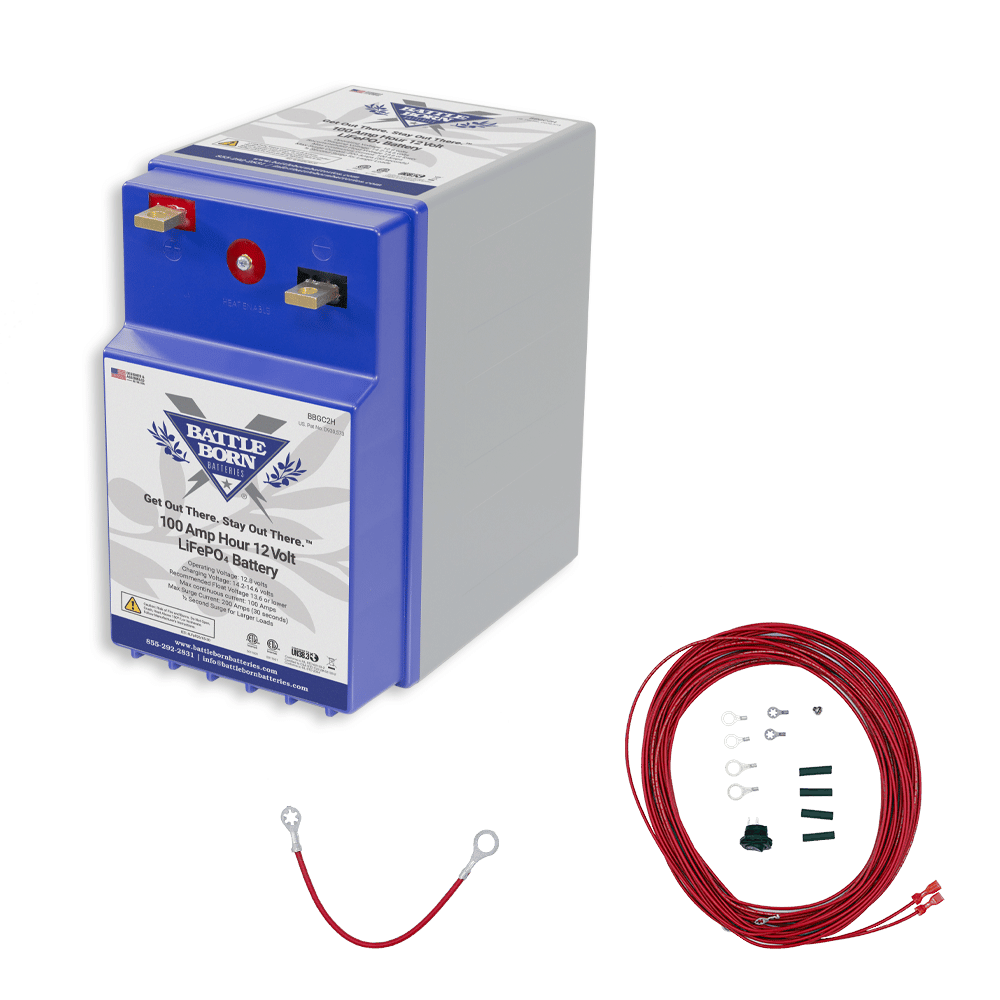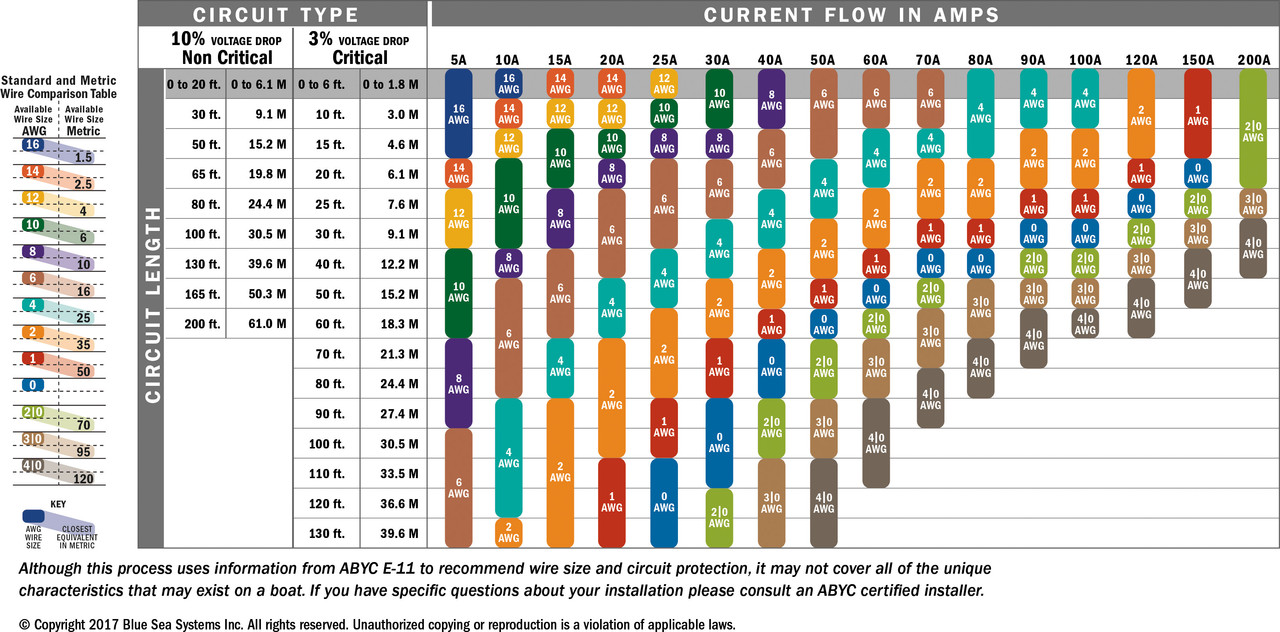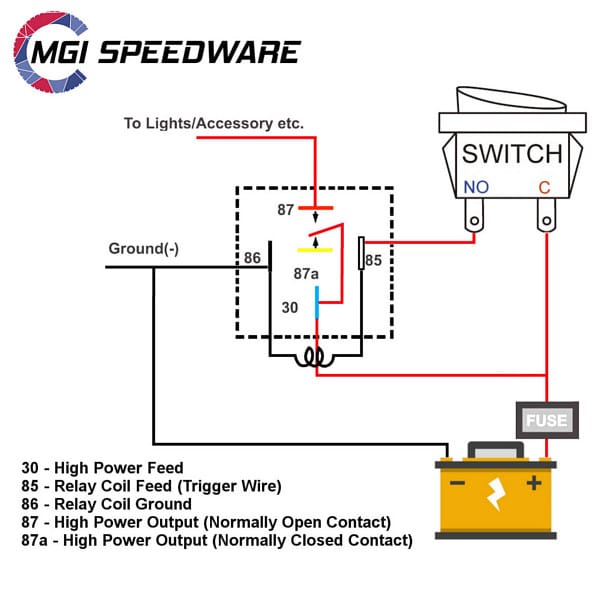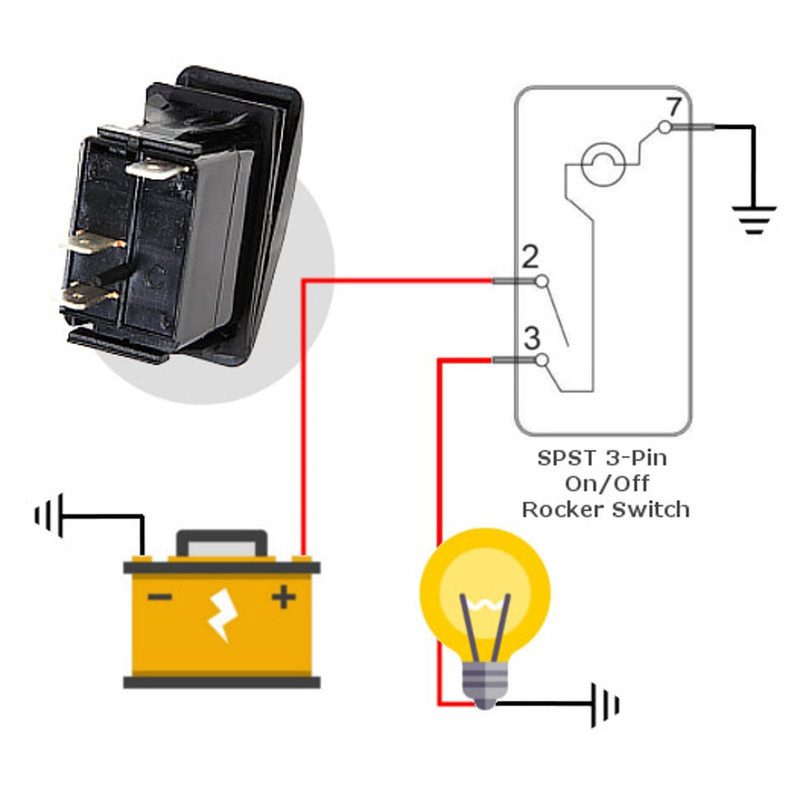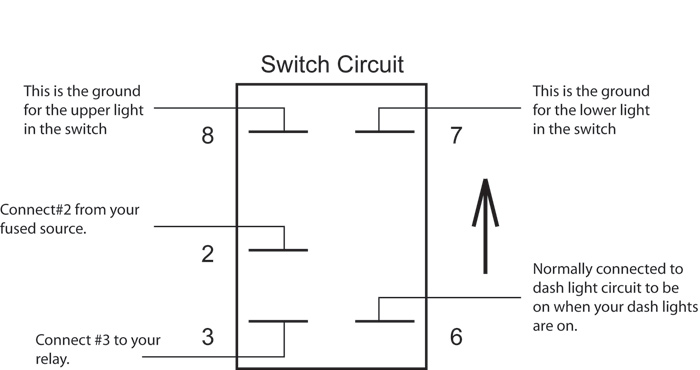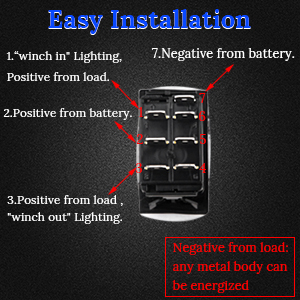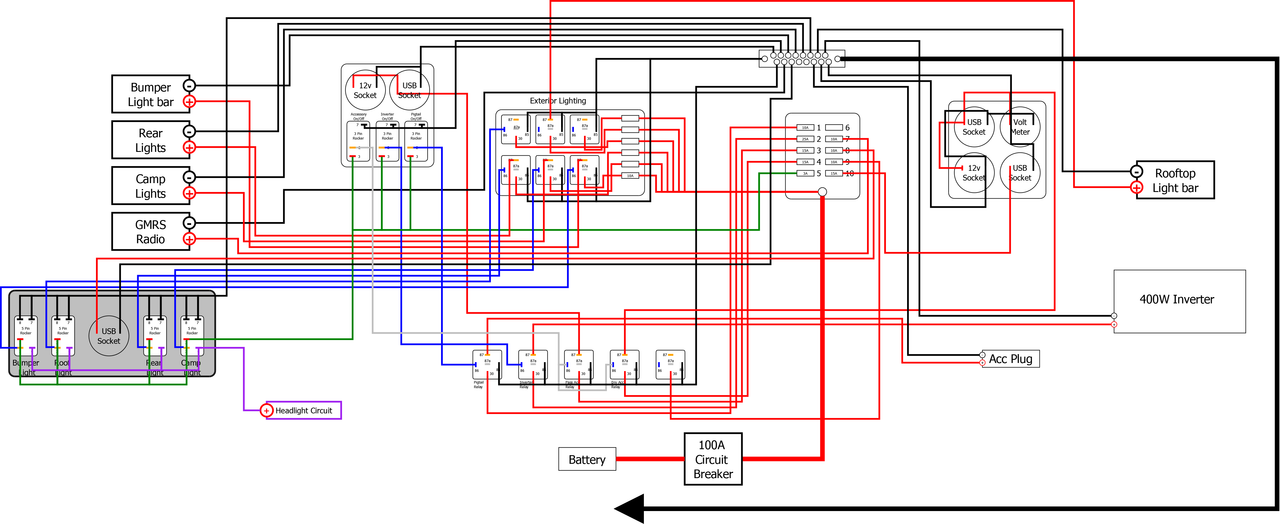
Explorer I
- 3,680
- First Name
- Brian
- Last Name
- McGahuey
- Member #
-
23711
- Ham/GMRS Callsign
- GMRS WRMV941
This is the way.
I've not installed my DC-DC charger yet. I'm not going to bother with solar in my rig. I'll save that for the trailer.
I'd rather use a lifepo4 battery in the rig, but may end up going agm just to save cost. At least to start.
I've not installed my DC-DC charger yet. I'm not going to bother with solar in my rig. I'll save that for the trailer.
I'd rather use a lifepo4 battery in the rig, but may end up going agm just to save cost. At least to start.



